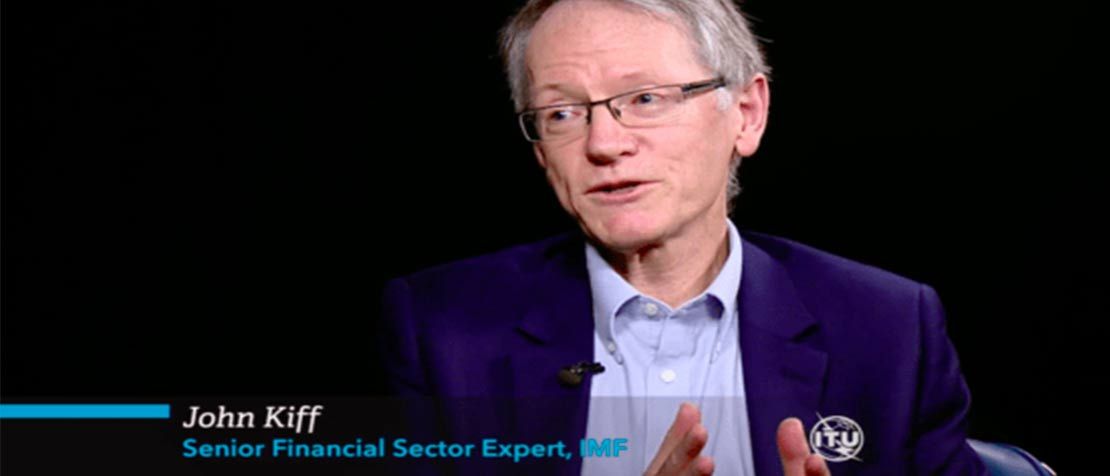
How central bank digital currencies can boost financial inclusion: IMF’s John Kiff (VIDEO)
John Kiff of the International Monetary Fund (IMF) sat down for an interview last week with ITU during the final meeting of the ITU Focus Group on Digital Currencies, including Digital Fiat Currency – or digital currency authorized and issued by a central bank.
The work of the IMF has up to now largely been focused on conventional money. However, countries are increasingly interested in issuing central bank digital currencies (CBDC) and interest is growing in applying the underpinning technology of cryptocurrencies toward central banks and their money-making operations.
IMF member countries see the technology not only as an opportunity to save costs by reducing the issuing of paper bills and coinage, but also as a tool for financial inclusion, said Kiff.
“I think the most compelling case [for CBDC work] is for the inclusion aspect,” says Kiff. “The countries that are coming to us are looking at the financial inclusion angle as being the primary one for them.”
Challenges and opportunities
Beyond the obvious uses of digital currencies and mobile money, central banks also look at digital currencies as a prod to encourage banks to offer digital services to clients.
“The work we’re doing here at the ITU is really important because we’re moving towards that standardization … to build in as much commonality as possible in our products so that some years down the road when we’ve got these vibrant central bank digital currency ecosystems in our countries we’re ready to link up with others.”
“The successful implementation of the central bank digital currency … may not be massive take-up of central bank digital currency, but it could be that the banks will step up to the plate and start offering digital services to their clients,” says Kiff.
The importance of standards
Although activities have so far been focused on domestic functions, “But we look to the next stage where other adjacent countries or trading partners are also joining the party,” says Kiff. “Some degree of interoperability is required, I think, for that future world. So why not now build towards that future by building standardization into central bank digital currencies so that when you move up beyond the national, domestic-only CBDC that you’re ready to interoperate with other countries.”
“The work we’re doing here at the ITU is really important because we’re moving towards that standardization because other individual central banks aren’t terribly motivated to standardize… but we’re the guys that say: ‘Wait a minute, let’s do this properly. Let’s try to build in as much commonality as possible in our products so that some years down the road when we’ve got these vibrant Central Bank digital currency ecosystems in our countries we’re ready to link up with others.’”
Doing this properly will, of course, include security efforts.
Kiff reiterates the importance of IT infrastructure and cybersecurity in central bank digital currency operations, and notes that a CBDC hack “would be the ultimate in counterfeiting.”
